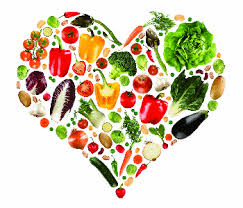Diabetes type 2 is on the increase. As diabetes is becoming more prevalent, the quest of the people to treat it is also increasing. It is strongly advocated to change the diet as well as lifestyle for controlling this chronic medial condition.
Lifestyle change means adopting healthy exercising routine as well as changing eating habits. Changing eating habits incorporates close monitoring of the food types; specifically carbohydrates and fatty foods. It is strongly recommended that diabetics must work closely with their dietitians to make out their meal plans. With the passage of time people are getting more involved in their diabetic meal plans. Some diabetics are more interested for finding the herbs and supplements that are helpful for diabetics.
The given list of herbs can be used for supplementing diabetic cooking:
Fenugreek: The leaves of fenugreek are used as herb and its seeds are used as spice. They are generally taken either as supplement or used in cooking. The clinical tests conducted on human have revealed that fenugreek has the ability to stimulate secretion of insulin. This insulin production by pancreas helps to reduce the level of blood sugar.
Cinnamon: It is also termed Cassia. It is a spice that is obtained from the bark of cinnamon tree. It is a popular ingredient of Chinese foods. Researches conducted on Cassia have shown a significant decline in the level of blood glucose in the individuals that took the higher dosage of cinnamon.
Banaba: It is a tree that is found in South East Asia. Leaves of this tree are extensively used as conventional medicine in Philippines and Indonesia. Researches conducted in USA and Japan has revealed that active ingredients found in this herb are Corosolic acid. This ingredient gives a strong sugar controlling effect.
Asian Ginseng: It is an herb that can be easily added in the daily cooking. It can also be taken as a supplement. Chines medicines have adorned the ginseng power as booster and general cure of immunity system. It has been suggested that it helps to lower down the level of glucose as well as blood pressure.
Turmeric: It is a member of the family of ginger. The active ingredient found in this herb is Curcumin. The clinical studies conducted in rats have revealed that curcumin helps to lower down the level of glucose. Turmeric is extensively used in Indian cuisines.
Stevia: It is generally known as Sugar leaf. It is a shrub that is found in Central and South America. As the name indicates its taste is sweet. The extract of stevia is strongly used as substitute of sweetener in Japan.
Article Source: http://EzineArticles.com/3741777
